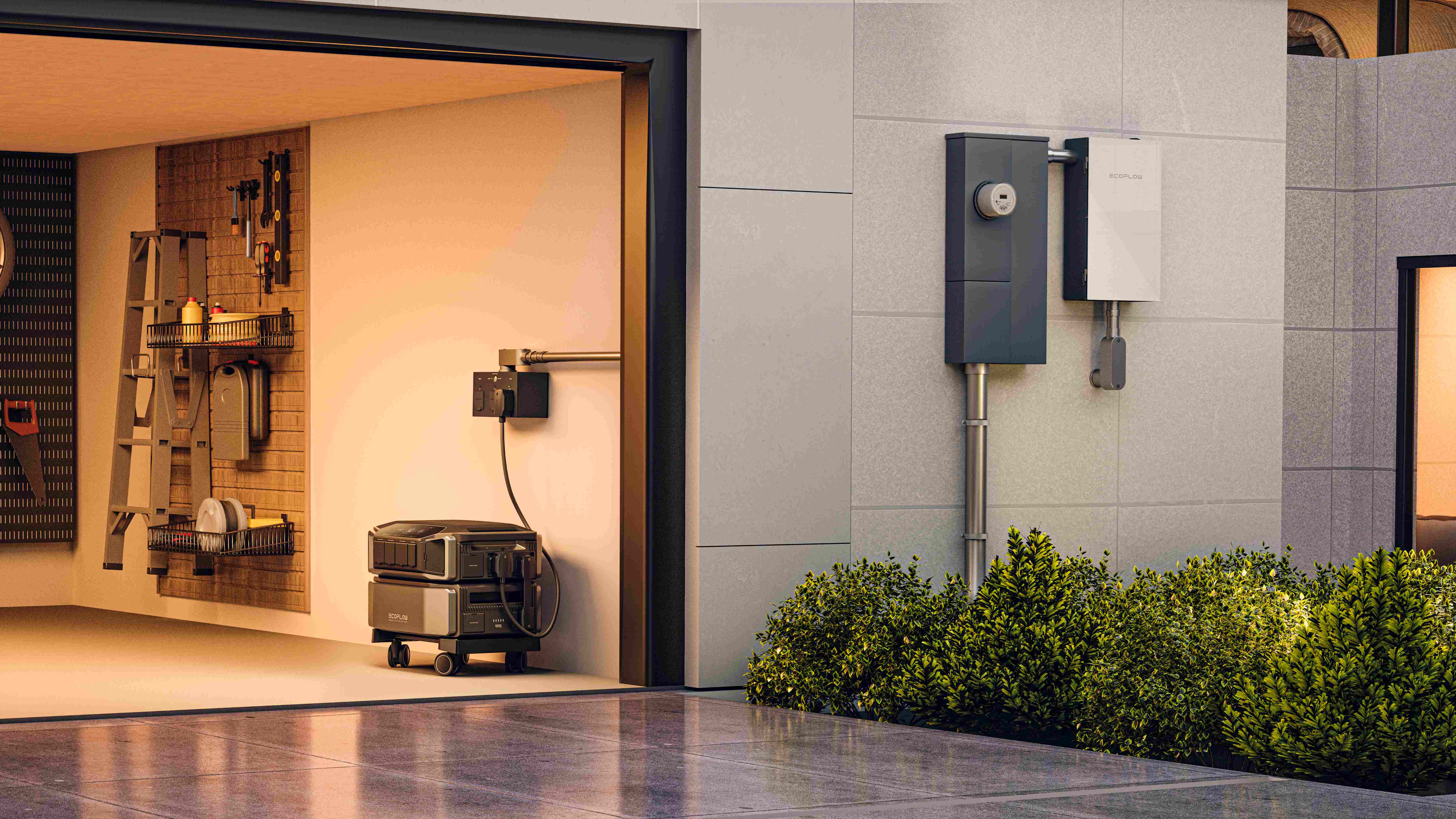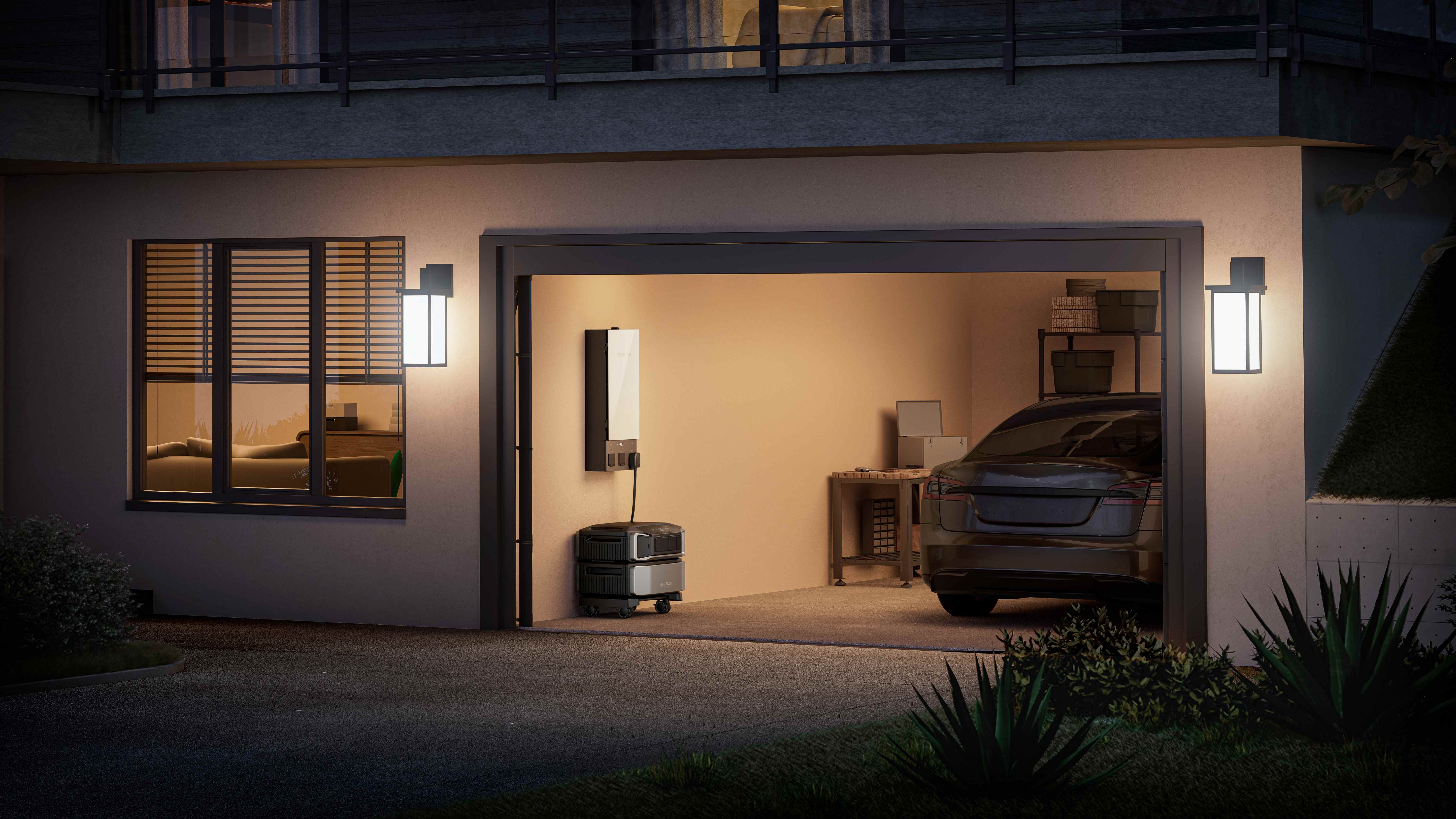How Much Does Electricity Cost Per Month? U.S. Averages & Ways to Save
Electricity is one of the most essential and consistent monthly expenses in every household. But how much should you actually expect to pay? The answer depends on where you live, how much energy you use, and when you use it.
In this guide, we’ll break down the average monthly electricity cost across the U.S., explain the key factors behind your bill, and offer actionable tips to reduce it. Whether you’re trying to budget smarter or explore solar and battery backup options, this is your go-to overview.
What Is the Average Monthly Electricity Bill in the U.S.?
As of 2023–2024, the average electricity bill in the United States is about $137 per month. This number can vary depending on your state, utility provider, and consumption habits.
By the numbers:
Average residential rate: 15–17 cents per kilowatt-hour (kWh)
Average monthly usage: 900–950 kWh
Average bill: $130–$150/month nationally
Of course, this is only a baseline. If you live in a hot climate like Texas or California and run your air conditioner daily in summer, your usage—and your bill—can climb much higher.
Factors That Affect Monthly Electricity Costs
Several elements contribute to your monthly electricity bill. Understanding them can help you find ways to cut costs effectively.
1. Location & Utility Provider
Electricity rates vary significantly between states and even between cities. For example:
San Antonio, TX: Average residential bill is around $115/month, thanks to lower energy rates and competitive providers.
Arkansas: Bills are slightly lower, around $120/month, with average rates near $0.12/kWh.
California: Residents often pay $180/month or more, with rates above $0.30/kWh in some regions.
2. Pricing Structure
Some utilities offer flat rates, while others use time-of-use (TOU) pricing, which charges more during peak hours (e.g., 4–9 PM). This can drastically affect how much you pay depending on your daily schedule.
3. Seasonal Usage
Your electricity bill may spike in:
Summer: Due to air conditioning
Winter: If your home uses electric heating
Peak seasons also bring additional surcharges in some areas.
4. Appliance Efficiency & Home Size
Larger homes naturally use more power. Outdated appliances, poor insulation, or energy-wasting habits can also inflate your monthly costs.
What Uses the Most Electricity in a Home?
Here are the top electricity consumers in a typical household:
Heating & cooling (HVAC systems): 40–50%
Water heating: 12–18%
Appliances (dryers, fridges, ovens): 15–20%
Lighting and electronics: 10–15%
EV charging & smart devices: Varies depending on usage
Understanding where the energy goes is the first step toward making targeted improvements.
How to Lower Your Monthly Electricity Bill
If you’re looking to shrink your electricity costs, try these proven strategies:
1. Upgrade to Energy-Efficient Appliances
Look for ENERGY STAR–certified appliances. They use less electricity and may qualify for rebates from your local utility.
2. Use Smart Thermostats & LED Lighting
Set schedules and temperature zones to optimize usage. LEDs also use 75% less power than traditional bulbs.
3. Seal Leaks and Insulate Well
Prevent cool or warm air from escaping. Well-sealed homes reduce the load on HVAC systems.
4. Shift Usage to Off-Peak Hours
If your utility has TOU pricing, use appliances (like washers and dryers) outside of peak times to pay lower rates.
5. Monitor Usage with Smart Plugs or Energy Apps
Track which devices are using the most power. Many smart plugs now offer real-time data.
6. Go Solar (If Possible)
Incentives and net metering can help reduce your reliance on grid electricity and stabilize monthly bills long-term.
EcoFlow Solutions to Reduce Monthly Energy Costs
Beyond daily habits, home energy storage can make a major difference—especially in states with high electricity rates or peak-hour pricing.


EcoFlow DELTA Pro + Smart Home Panel
EcoFlow’s whole-home power solution offers flexible backup and cost-cutting options for modern homes.
Capacity: 3.6kWh (expandable up to 25kWh)
AC Output: 3600W (surge up to 7200W)
Integration: Works with home circuits via Smart Home Panel
App Control: Monitor usage, schedule loads, and automate energy flow
Use Case: Lowering Your Bill
Charge the DELTA Pro during off-peak hours or using solar panels
Discharge to power appliances during peak hours (4–9 PM)
Avoid paying high TOU rates—save money without changing your routine
Whether you're trying to protect against outages or just want to reduce your electricity expenses, EcoFlow provides a silent, eco-friendly alternative to gas generators.
Conclusion
So, how much does electricity cost per month? On average, U.S. households spend between $130 and $150, but actual bills depend on your location, lifestyle, and energy habits.
With smart planning and the right tools—from energy-efficient appliances to solar and battery storage—you can take control of your electricity usage and reduce your costs. Solutions like EcoFlow DELTA Pro empower you to store energy when it's cheap and use it when it's most expensive, all while staying prepared for power outages.
FAQs: How Much Does Electricity Cost Per Month
1. What is the average electricity bill per month in the U.S.?
As of 2024, the national average monthly electricity bill is about $137, based on an average usage of 900–950 kWh.
2. Why does my electricity bill seem higher than average?
High rates, time-of-use pricing, seasonal HVAC use, and inefficient appliances can all drive up your bill. Location also plays a major role.
3. How can I calculate my electricity bill?
Multiply your usage (in kWh) by your utility rate. For example, 950 kWh × $0.15 = $142.50/month. Many utilities also add taxes and fees.
4. Can a portable power station help reduce my monthly bill?
Yes—especially in areas with time-of-use pricing. Systems like EcoFlow DELTA Pro can store energy during off-peak hours or charge via solar, then supply your home during expensive peak times.
5. What is the cheapest time of day to use electricity?
Typically, early morning (before 4 PM) or late evening (after 9 PM), depending on your utility’s TOU schedule. Avoid running large appliances during peak pricing periods.

